A complete list of breeding methods and precautions for Daxuesu
Last Update :2024.05.19
Article Catalog
3. Problem diagnosis and treatment
Temperature: Fifteen to twenty-eight degrees is most suitable, not more than thirty degrees, not lower than zero. Lighting: Appropriate scattered light is enough, direct light needs to be avoided. Watering: The soil in the pot needs to be slightly moist and slightly dry in winter. Fertilizer: Not too much, just once or twice a month is enough. Repotting: preferably once a year. Propagation: The division method is commonly used.
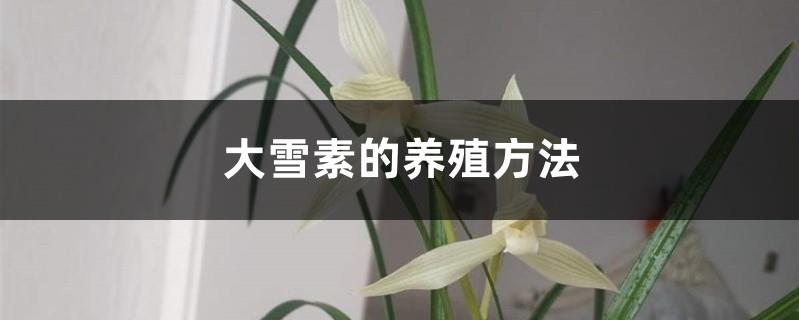
1. Maintenance methods
1. Maintenance methods
1. Temperature: 15 to 28 degrees is the most suitable. When the summer is too hot, its growth will be affected. Generally speaking, when the temperature is above 30 degrees, its growth will slow down. Therefore, it is best not to exceed 30 degrees, and the maximum temperature cannot be higher than 35 degrees. In winter, no less than freezing is enough.
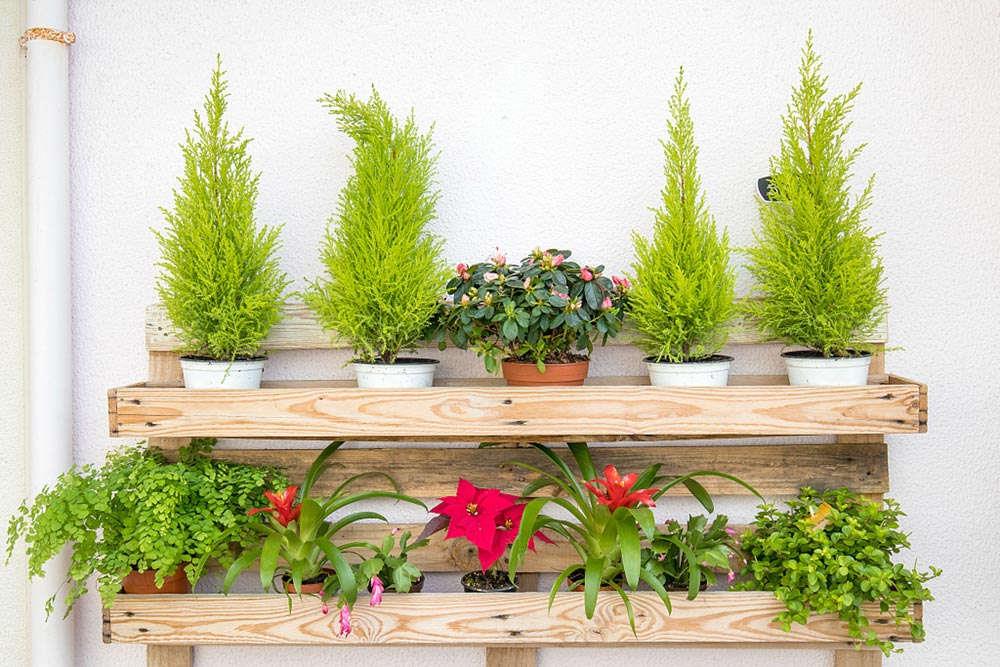
2. Light: Daxuesu prefers light, but it is afraid of it Intense direct light. Therefore, it can be placed in a location with astigmatism. When encountering direct light, you need to shield it as much as possible, especially in summer, when strong light will cause harm to it.
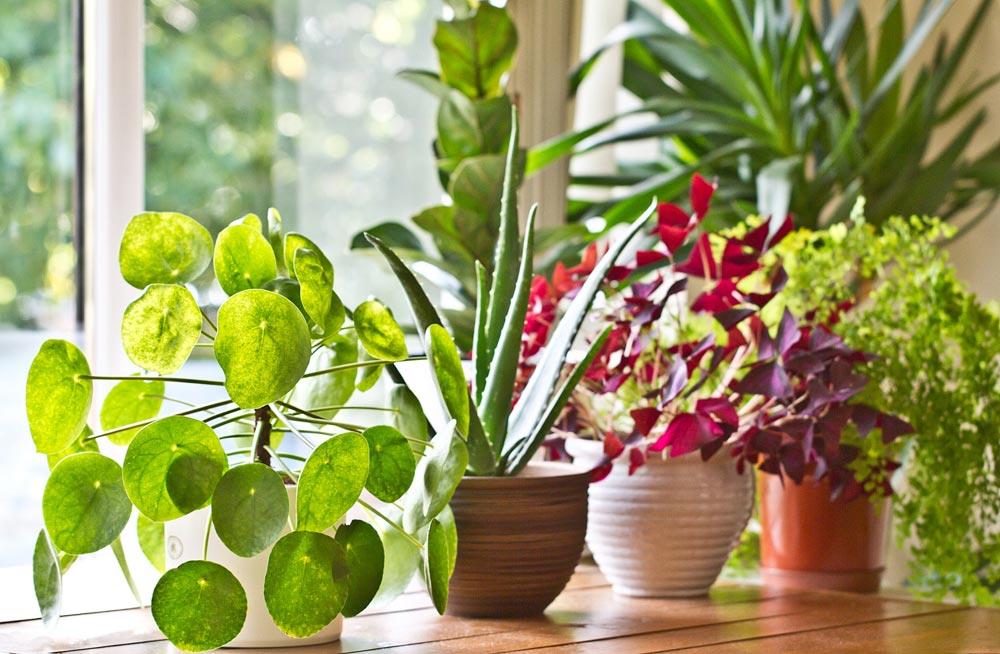
3. Watering: In the growing season of Daxuesu, It requires more water, and moisture is an essential element for its growth. Therefore, it needs to be replenished in time to keep the pot soil slightly moist. In winter, because it will not grow particularly vigorously, the pot soil can be slightly drier.
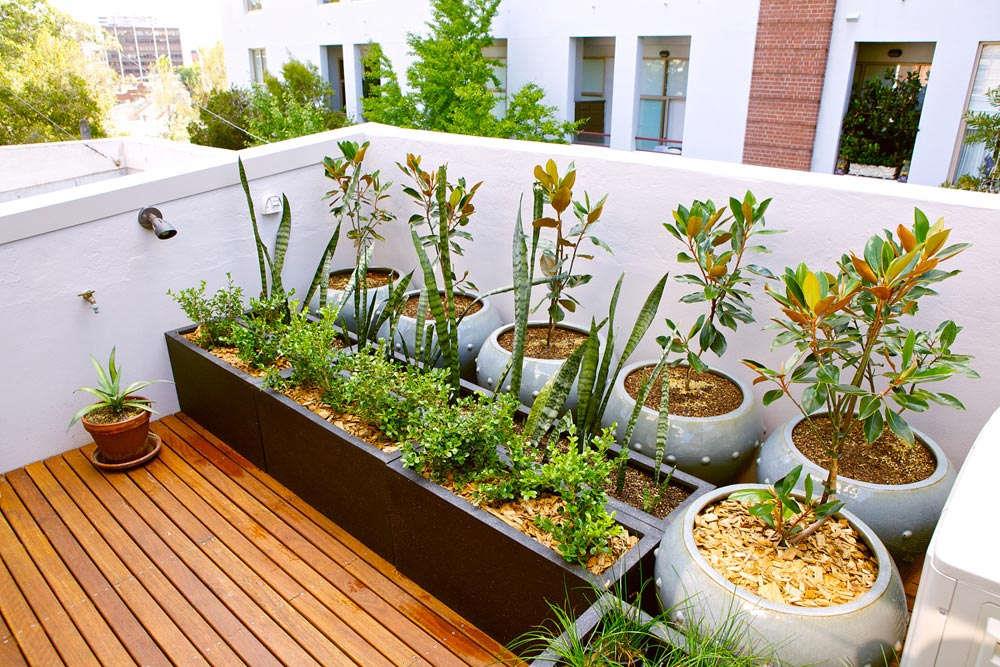
4. Fertilization: Base fertilizer can be mixed into the soil. In addition, you don’t need too much top dressing during the growing season, just once or twice a month. Moreover, the concentration needs to be controlled.
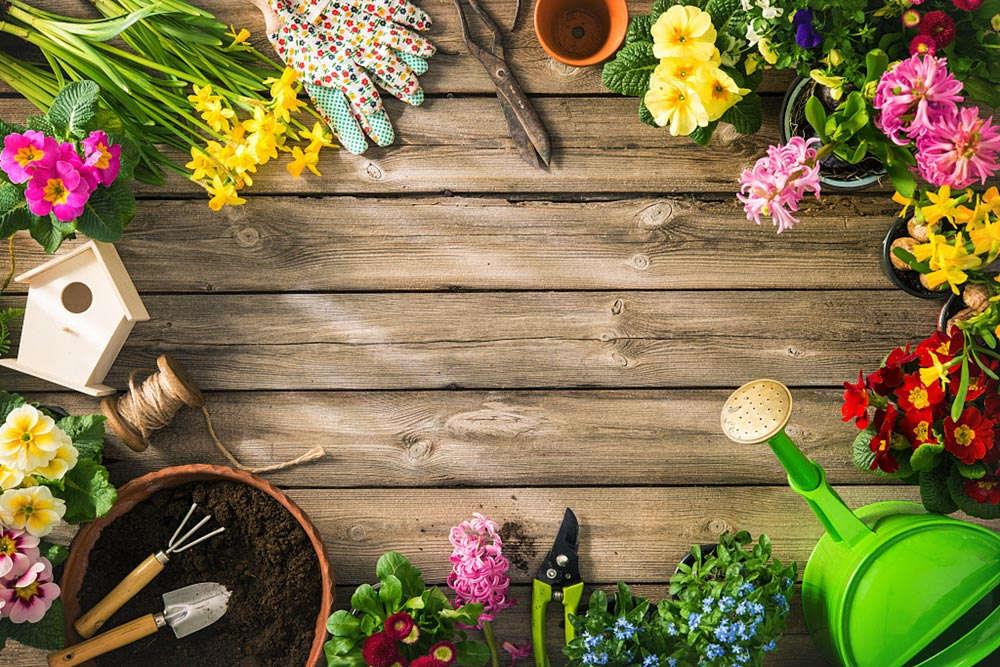
2. Breeding skills
1 1. Repot: Try to repot once a year. Leaf mold soil can be used, and pine needles, willow leaves, bark, etc. can be mixed in. Furthermore, some organic matter needs to be added, such as peanut shells, etc., but the proportion should not exceed 30%. If the plant grows very vigorously and becomes very large, the pot will need to be replaced.
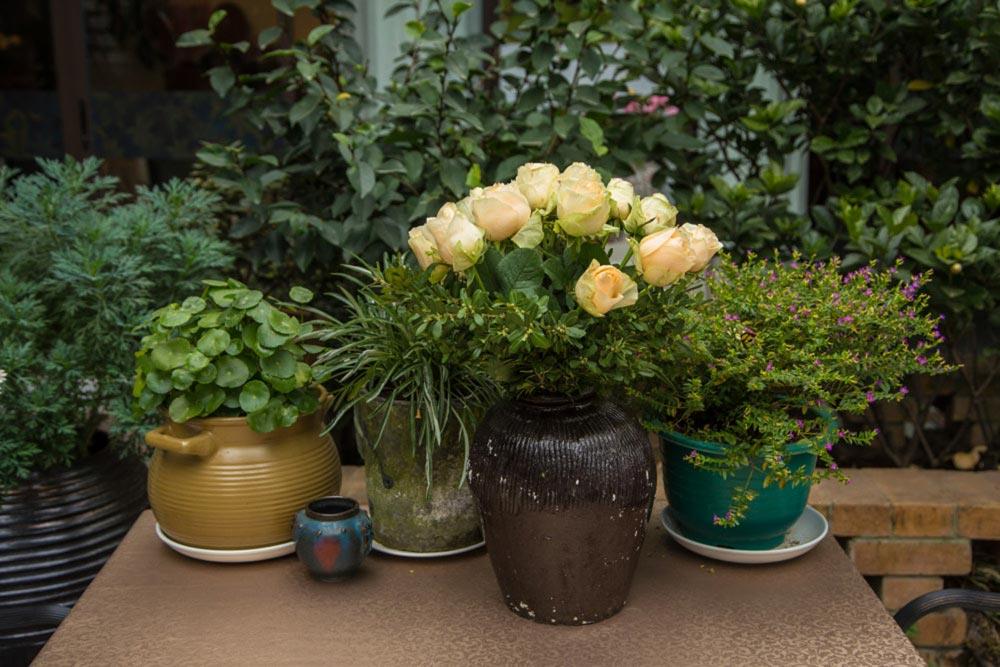
2. Propagation: The method of division can be used. First, you need to select a mature and strong plant as the mother plant. Then, use humus soil and other substances as the substrate. The plant can be divided from the root part into about three parts, not too many. After that, prepare different containers and plant them separately.
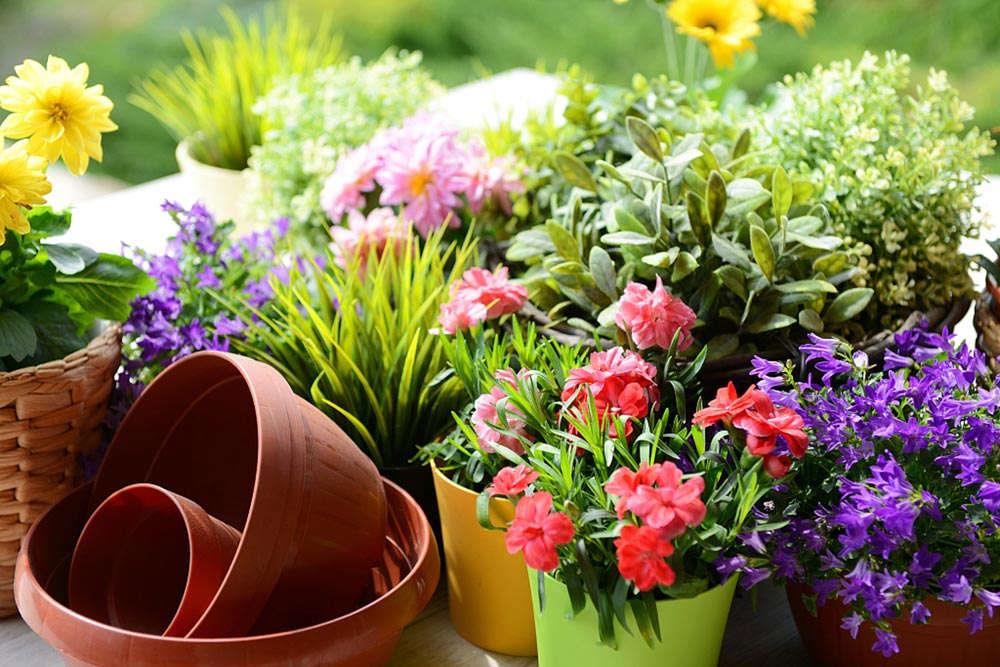
3. Problem diagnosis and treatment
1 , Diseases: Common diseases include "leaf blight", etc., which are more common in summer. It can be treated with carbendazim and provided with more ventilation.

2. Pests: The most important pest is "red spider" ". Since this pest is relatively small, it is not easy to spot. Moreover, it reproduces very quickly. Insecticides can be sprayed. And, it’s best to prevent it before it happens.
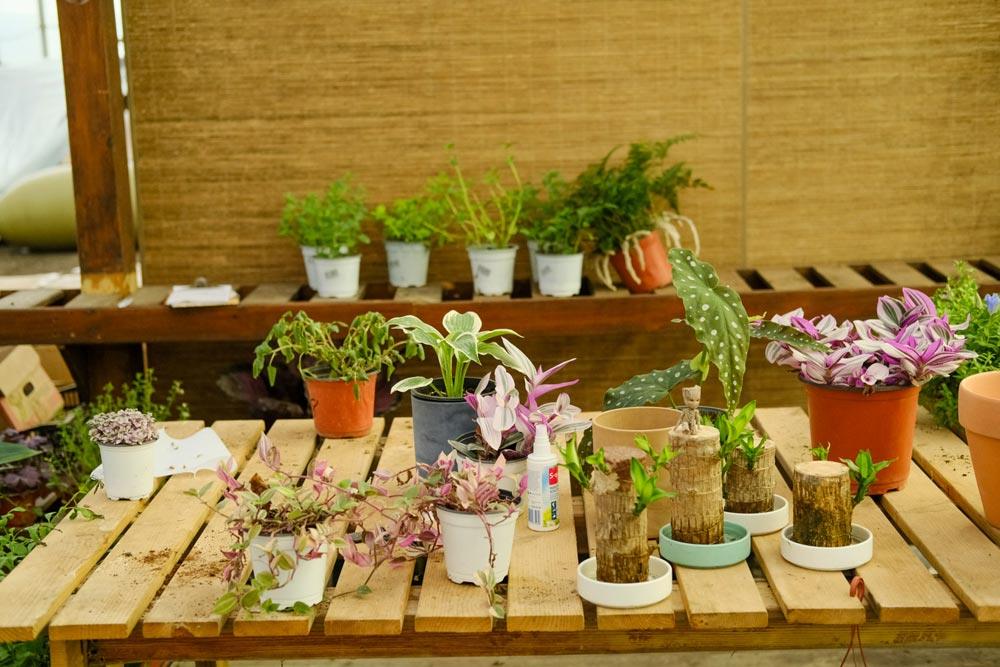
4. Other questions
1 , Toxicity: It is non-toxic, no need to worry about harmful effects.
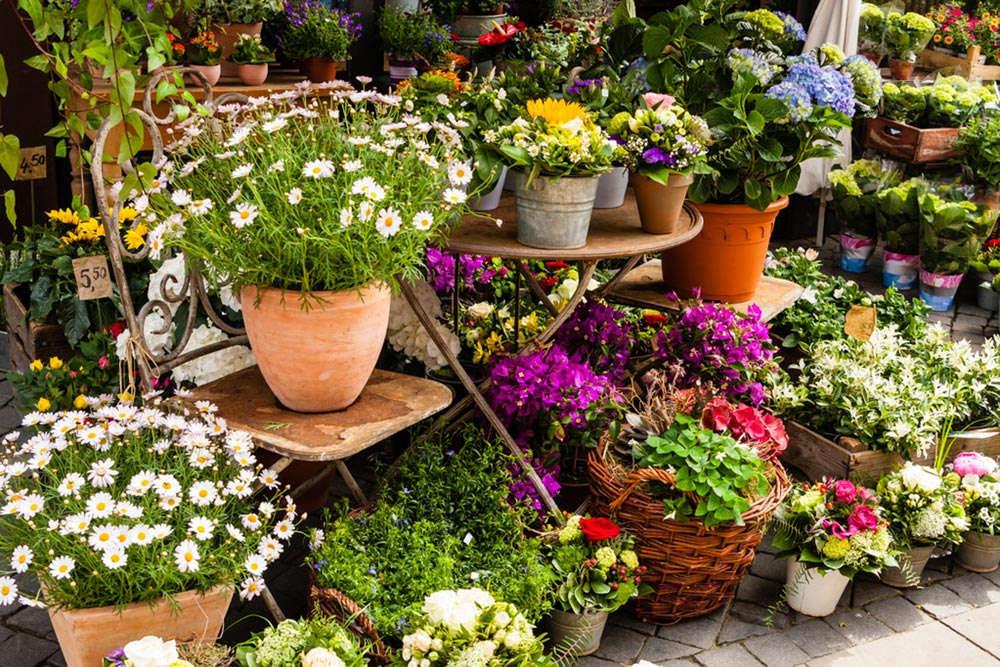
2. Can it be grown at home: More suitable. It is an ornamental plant and is suitable to be placed at home.

2. Breeding skills
3. Problem diagnosis and treatment
4. Other issues
- END -
In what month do cherry blossoms bloom?
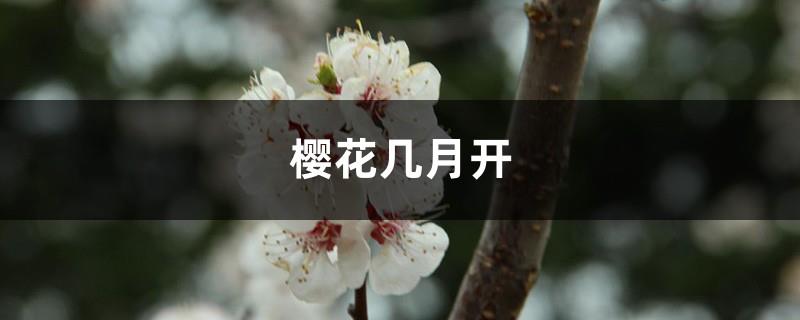
Sakura blossoms bloom in spring, usually around March to April. The specific openi...
What is the price of honeysuckle and the effect of drinking it by soaking it in water?

Its price is affected by quality and origin. If they are of inferior quality, they...